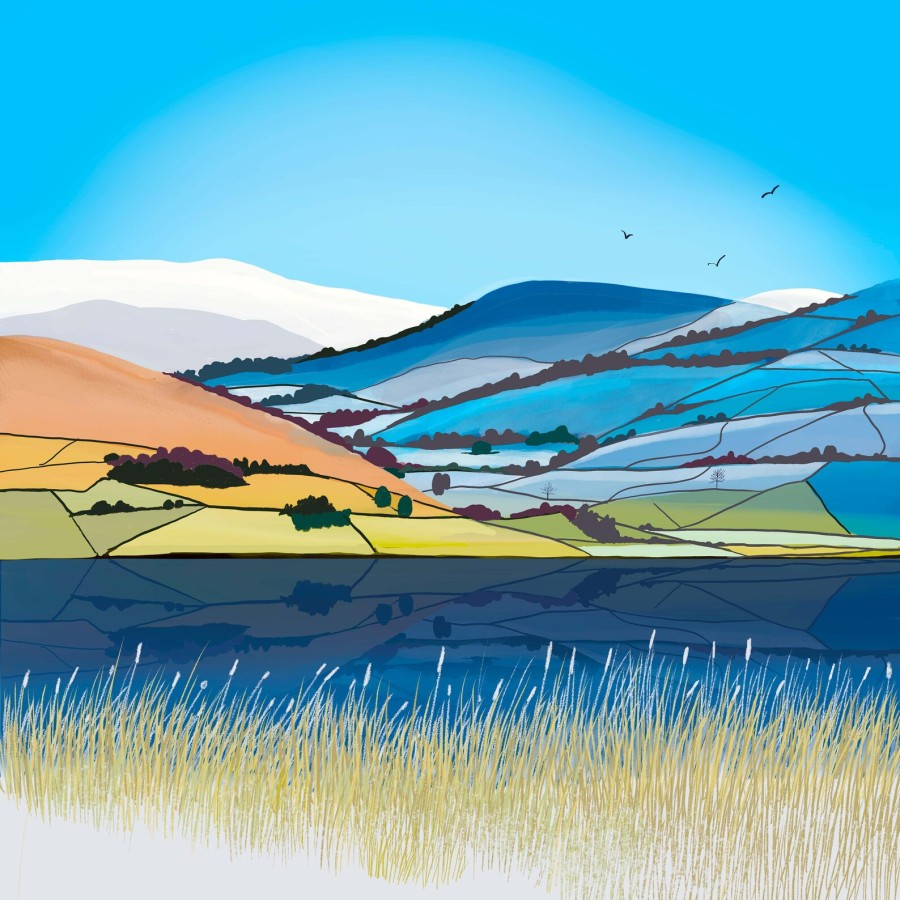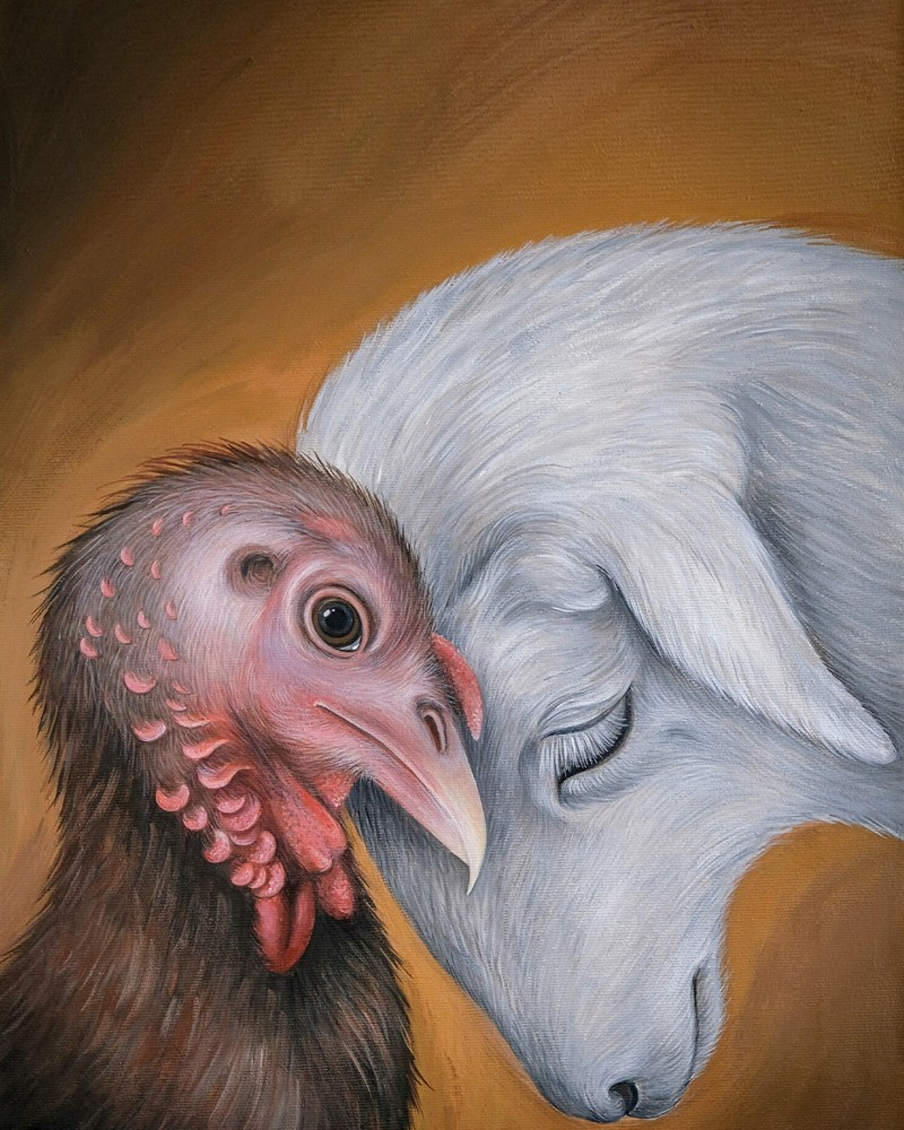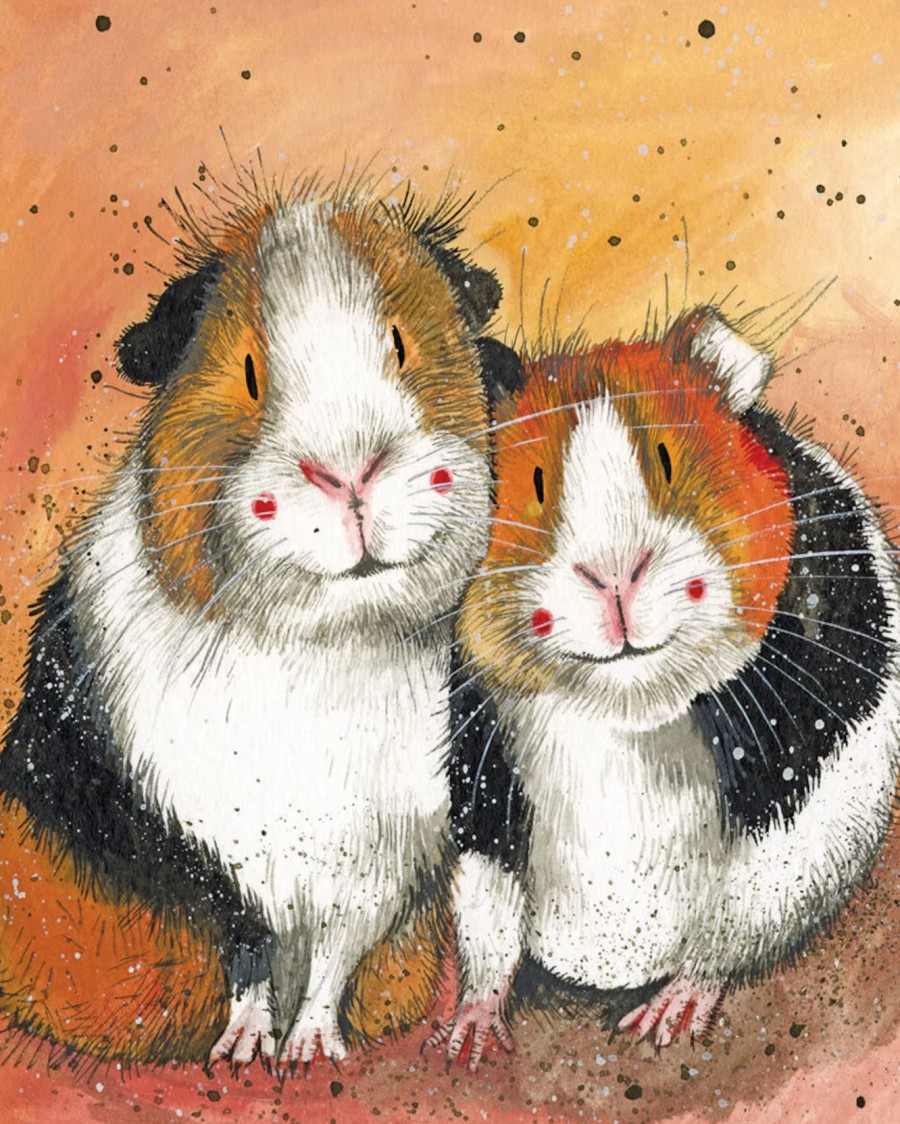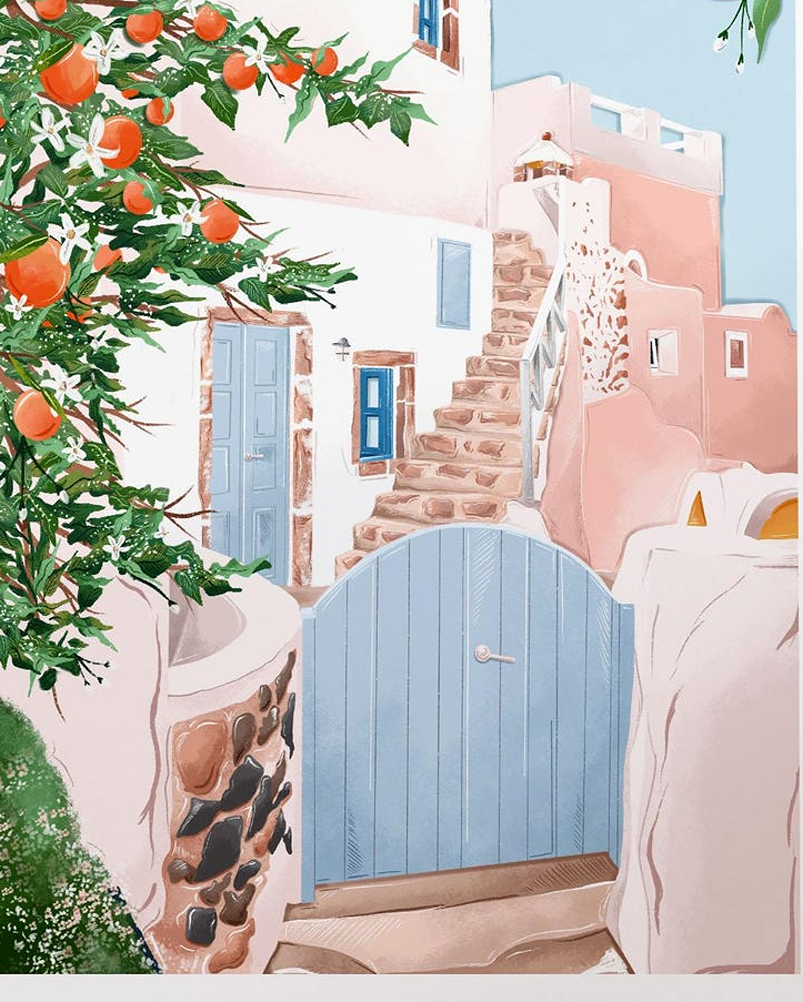Reasons to Save The World’s Tropical Jungles

Tropical jungles are some of the most vibrant, diverse places on Earth, packed with life and natural wonders. They play a huge role in keeping the planet healthy, providing homes for countless creatures and giving us resources we often take for granted.
Their beauty and importance reach far beyond their borders. Here’s why saving the world’s tropical jungles helps everyone.
Home to Endangered Species
Tropical jungles shelter rare and endangered animals that can’t be found anywhere else. Some of the world’s most famous creatures, such as orangutans, jaguars, and gorillas, rely on these forests for survival. Every year, many new species are discovered in these dense green habitats.
Clearing jungles puts whole populations at risk by taking away their food, shelter, and safe spaces. Protecting their home offers the best chance for these animals to thrive.
Natural Defence Against Climate Change
Tropical jungles act like the Earth’s lungs by absorbing large amounts of carbon dioxide. Tall trees and thick layers of leaves soak up greenhouse gases and store carbon for years. When forests are cut down or burned, carbon is released back into the air, speeding up climate change.
Looking after these forests helps balance our climate and slow rising temperatures.
A Source of Medicinal Plants
Many of today’s medicines come from jungle plants. Hundreds of wild plants, roots, and fungi are used to treat everything from fever to cancer. Scientists keep finding more ways these plants can help people.
If jungles disappear, so do possible cures and key ingredients for treatments we haven’t even found yet. Keeping jungles alive means more chances to fight disease and save lives.
Here’s a quick table that highlights some well-known medicines sourced from tropical jungles:
- Quinine is from the cinchona tree, and treats malaria.
- Vincristine is from the rosy periwinkle and treats cancer.
- Morphine is from the opium poppy, to treat pain
- Digitalis is from foxgloves, to treat heart conditions
Birds of Every Colour and Song
Birdwatchers travel the globe to see the fantastic birds that live in tropical jungles. Parrots, toucans, hummingbirds, and hundreds more fill the trees with colour and sound. Birds help control insects and spread seeds, helping keep the forest healthy.
When forests shrink, bird numbers drop and the balance of nature in these areas weakens fast.
Lifelines for Marine Creatures
Tropical jungles link directly to rivers, coasts, and seas. Their trees and plants keep riverbanks strong, stop soil from washing away, and protect coral reefs and fish habitats downstream. Without jungle cover, muddy rivers can poison life in the ocean. Saving these forests helps keep both freshwater and saltwater life safe.
Zones for Snakes, Frogs, and Reptiles
Jungles are packed with reptiles and amphibians. Bright-coloured frogs, chameleons, and rare snakes find the shelter and food they need here. Many of these cold-blooded creatures have nowhere else to go if the canopy falls. Clearing their habitat causes numbers to drop fast and puts unique species at risk of being lost forever.
More Biodiversity Than Anywhere Else
Tropical jungles are bursting with diversity. In just one square kilometre, you can find more plant and animal life than in most countries combined. This rich web of life helps the whole planet, as every species plays a part in nature’s balance. Once a species goes extinct, it can upset food chains and even change how whole forests work.
Trees That Give Us Air, Water, and Shade
The trees of the jungle do more than provide wood. Their leaves filter the air, their roots keep rivers clear, and they offer cool shade for animals and people. Local communities depend on these forests for clean water, fresh air, fruits, and building material. Strong, healthy forests create jobs and support farming by keeping soils rich.
A Last Refuge for People and Culture
Millions of people live in and around tropical jungles. Indigenous groups depend on the forest for food, homes, and traditions. Jungles hold stories, languages, and knowledge passed down for thousands of years. Destroying a forest often means losing cultures and wisdom that may never return.
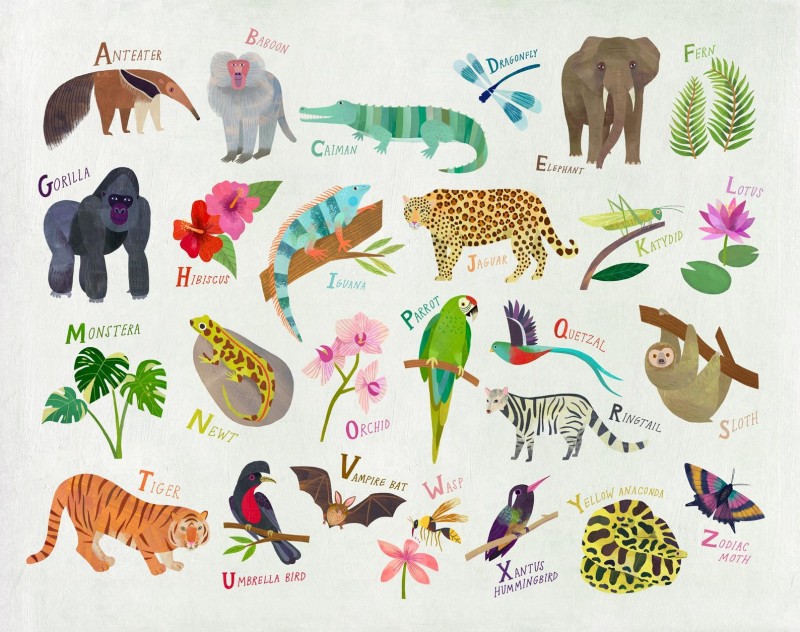
Jungles are a bit like rainforests, but instead of having a canopy floor, these let light in to make plants grow, and different types of creatures live in them. In fact, there are so many plants in a jungle, that it would sometimes be difficult to walk in it!
That’s why a lot of jungle animals live in trees (monkeys and even big cats climb trees). Mostly found in central and South America (just like most rainforests), they are nearly all near the Equator so you won’t find any in England!
Jungles Hold an Amazing Variety of Life
Some common creatures that live in jungles are:
- Jaguars (big cats)
- Tigers
- Howler monkeys
- Cobras
Just as with rainforests, the best way to preserve these huge carbon sinks, is to live a simple sustainable life (avoid palm oil, plastic and choose reusable over disposable).
Obviously anything made from wood comes from trees, and a lot of wood is from abroad. So protect habitats for all species, try to choose recycled or reclaimed where possible (or tree-free).
Tropical jungles are some of the planet’s richest natural treasures. You’ll find these lush forests in regions like the Amazon Basin, Central Africa, Southeast Asia, and the Pacific Islands. They are home to more plants and animals than almost anywhere else on Earth.
A Safe Place for Rare and Endangered Species
Tropical jungles act like a giant safety net for wildlife that struggles to survive anywhere else. Many animals and plants that live here are already rare or in danger because people are cutting down their homes or hunting them.
Some examples include:
- Jaguars (Panthera onca): Powerful cats that slip quietly through the jungle, found mostly in the Amazon and rarely seen elsewhere.
- Orangutans (Pongo spp.): Gentle, tree-loving apes, now found only in parts of Southeast Asia, especially Borneo and Sumatra.
- Colourful birds: Species like the resplendent quetzal and various toucans turn the jungle into a living rainbow.
- Unique plants: Giant Rafflesia flowers, “walking” palms, and rare orchids only grow in deep jungle shade.

